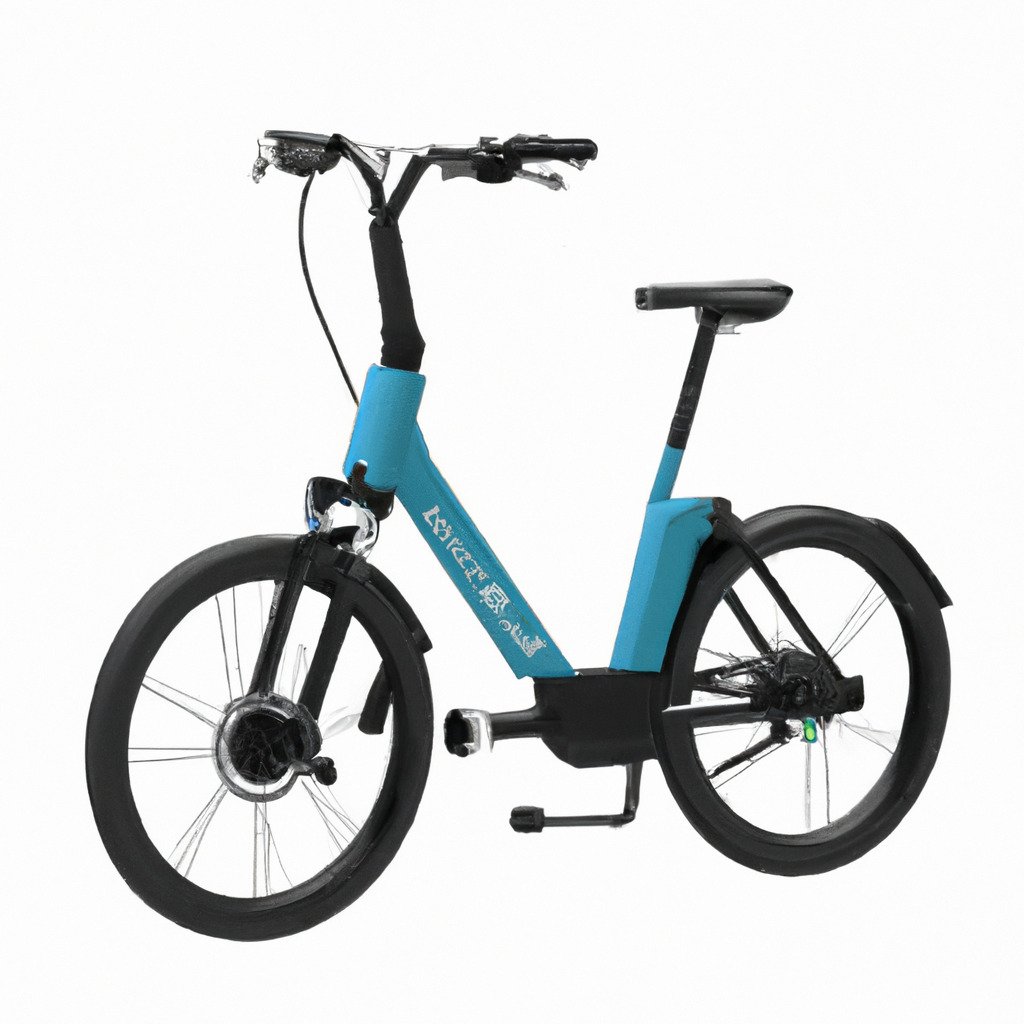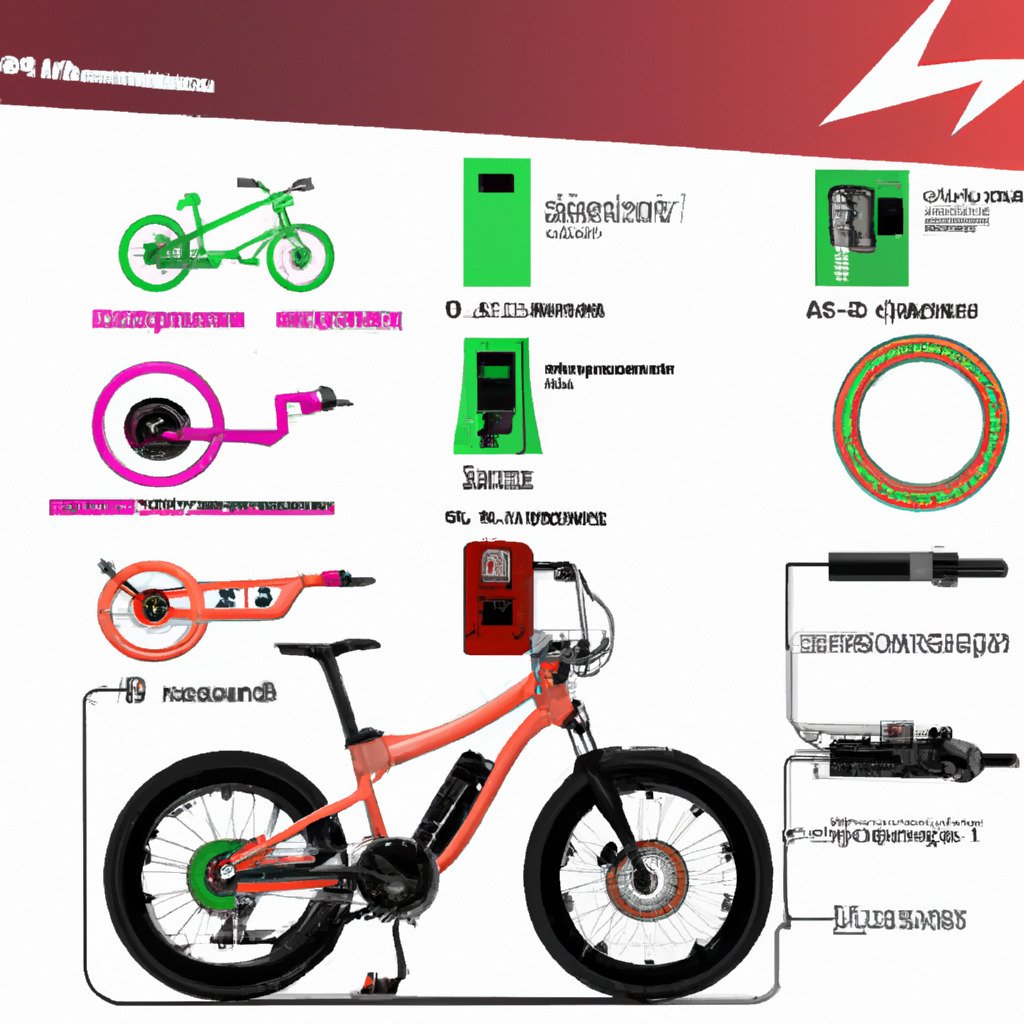
Electric bikes, also known as e-bikes, have become increasingly popular for their ability to provide an extra boost of power while pedaling. But have you ever wondered how these innovative two-wheelers actually work? In this comprehensive guide, we will explore the inner workings of electric bikes, from the motor to the battery and everything in between. By understanding the technology behind electric bikes, you will gain a deeper appreciation for this sustainable and efficient mode of transportation. So, let’s dive into the fascinating world of e-bikes and unlock the secrets behind their effortless ride.
What is an Electric Bike?
An Electric bike, also known as an e-bike, is a bicycle that is equipped with an electric motor and a battery. The electric motor provides assistance to the rider, making it easier to pedal and allowing for increased speed and range compared to a traditional bicycle. Electric bikes have gained popularity in recent years as a sustainable and efficient alternative to traditional modes of transportation.
Components of an Electric Bike
Battery
The battery is one of the most important components of an electric bike. It provides the power required to run the electric motor and propel the bike forward. Most electric bikes use lithium-ion batteries, which are known for their high energy density, light weight, and long life span. The capacity of the battery determines the range of the electric bike, with larger capacity batteries allowing for longer rides before needing to be recharged.
Motor
The motor is responsible for converting electrical energy from the battery into mechanical energy to assist the rider. There are two main types of electric bike motors: hub motors and mid-drive motors. Hub motors are located in the wheel hub and provide direct power to the wheel, while mid-drive motors are placed near the pedals and transfer power through the bike’s drivetrain. The power output and torque of the motor determine the overall performance and speed capabilities of the electric bike.
Controller
The controller is the brain of the electric bike. It manages the flow of electricity from the battery to the motor, ensuring smooth operation and efficient power distribution. The controller also regulates the speed of the electric bike and can incorporate features like regenerative braking, which converts the kinetic energy of the bike into stored electrical energy to recharge the battery.
Throttle
The throttle is a control mechanism that allows the rider to manually control the speed and power output of the electric bike. Throttles can come in different forms, including twist grips, thumb throttles, and pedal-assist sensors. By engaging the throttle, the rider can override the pedal-assist system and operate the electric bike solely on electric power, similar to a scooter or motorcycle.
Pedal-assist System
The pedal-assist system, also known as PAS, is a feature that allows the electric bike to provide assistance to the rider based on their pedaling effort. There are different types of pedal-assist systems, including cadence sensors, torque sensors, and combined sensors. Cadence sensors measure the speed at which the rider is pedaling and provide a consistent level of assistance. Torque sensors, on the other hand, measure the force applied to the pedals and adjust the assistance accordingly. Combined sensors combine both cadence and torque measurements to provide a more personalized and intuitive riding experience.
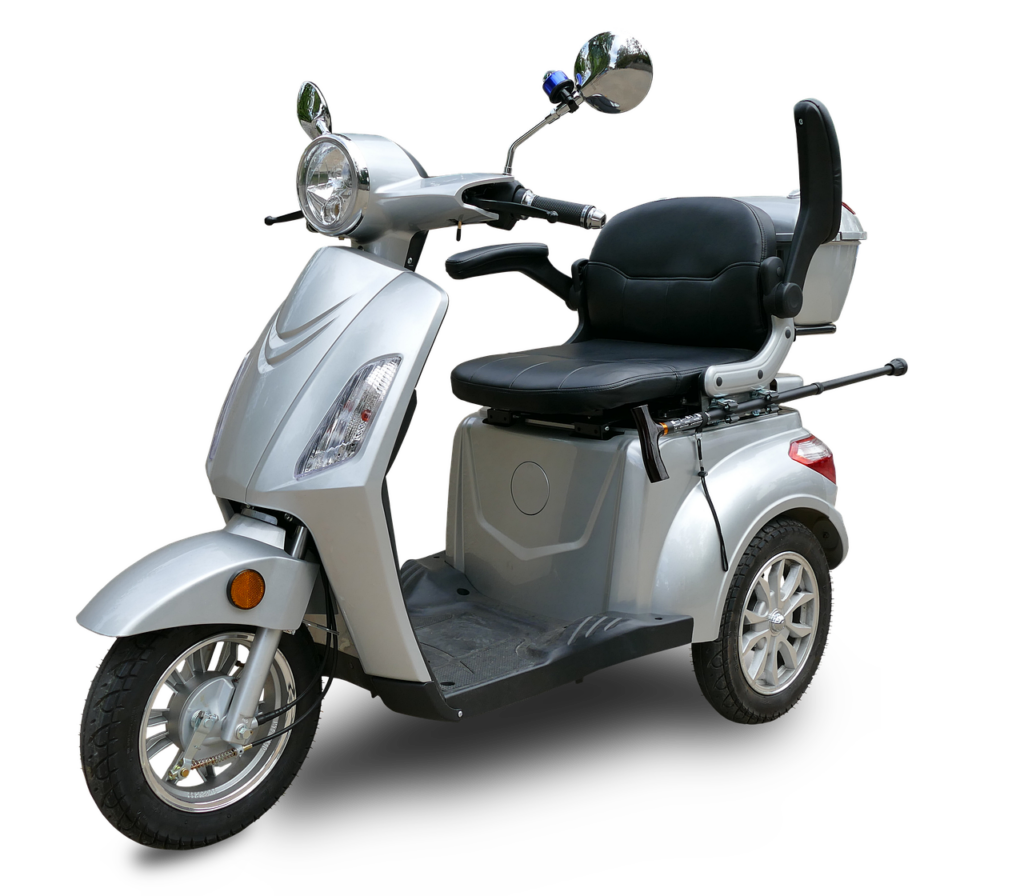
Types of Electric Bikes
Class 1: Pedal-assist electric bikes
Class 1 electric bikes are equipped with a pedal-assist system that provides assistance only when the rider is pedaling. The maximum speed of class 1 electric bikes is usually limited to 20 mph, making them suitable for commuting and recreational riding.
Class 2: Throttle-assist electric bikes
Class 2 electric bikes are equipped with a throttle that allows the rider to control the speed and power output of the electric bike without pedaling. The maximum speed of class 2 electric bikes is also limited to 20 mph, making them ideal for riders who prefer a more relaxed riding experience.
Class 3: Speed pedal-assist electric bikes
Class 3 electric bikes are similar to class 1 electric bikes, but with a higher maximum speed. Class 3 electric bikes can reach speeds of up to 28 mph, providing a faster and more exhilarating ride.
Mid-drive electric bikes
Mid-drive electric bikes are equipped with a motor mounted near the pedals, which allows for a more balanced weight distribution and improved handling. By transferring power through the bike’s drivetrain, mid-drive electric bikes can take advantage of the bike’s existing gears, allowing for better hill climbing and overall performance.
Hub-drive electric bikes
Hub-drive electric bikes have the motor located directly in the wheel hub. This design simplifies the drivetrain and allows for a more straightforward installation. Hub-drive electric bikes are known for their simplicity, reliability, and smooth operation, making them popular among riders looking for a low-maintenance option.
Battery Technology
Lithium-ion batteries
Lithium-ion batteries are the most commonly used type of battery in electric bikes due to their high energy density, light weight, and long lifespan. These batteries are known for their ability to provide a high amount of energy while maintaining a relatively small and lightweight form factor. Lithium-ion batteries also have a low self-discharge rate and can be recharged hundreds of times before their capacity starts to degrade.
Battery capacity and range
The capacity of the battery determines the range of the electric bike. Higher capacity batteries can store more energy and provide a longer distance before needing to be recharged. However, it’s important to note that factors like rider weight, terrain, and riding style can also impact the overall range of the electric bike.
Charging time
Charging time is another important aspect to consider when it comes to battery technology. The charging time of an electric bike will depend on the battery capacity and the charger used. Most electric bike batteries can be fully charged within a few hours, but there are also fast-charging options available for those who need a quick recharge.
Battery management system
To optimize the performance and lifespan of the battery, electric bikes are equipped with a battery management system (BMS). The BMS monitors and controls the charging and discharging of the battery, ensuring that it operates within safe limits and preventing overcharging or deep discharging. The BMS also provides important information to the rider, such as battery level and remaining range.

Motor Types and Power
Hub motors
Hub motors are the most common type of motor used in electric bikes. These motors are located in the wheel hub and provide direct power to the wheel. Hub motors are known for their simplicity and reliability, as they have fewer moving parts compared to mid-drive motors. They also have the advantage of being easily retrofitted to existing bicycles.
Mid-drive motors
Mid-drive motors are mounted near the pedals and transfer power through the bike’s drivetrain. By utilizing the gearing system of the bike, mid-drive motors can provide a more efficient and powerful riding experience. These motors are known for their impressive hill-climbing capabilities, as they can take advantage of the bike’s existing gears to maintain an optimal cadence while tackling steep gradients.
Power output
The power output of an electric bike motor is measured in watts. The higher the wattage, the more powerful the motor and the greater the overall performance of the electric bike. Most electric bikes have motors ranging from 250 watts for city commuting to 1000 watts or more for off-road and high-performance models.
Torque vs. power
When considering the performance of an electric bike motor, it’s important to understand the difference between torque and power. Torque refers to the rotational force that the motor can generate, which directly affects the ability of the electric bike to accelerate and climb hills. Power, on the other hand, is a measure of how quickly the motor can deliver that torque. A motor with high torque and power will provide a more responsive and dynamic riding experience.
Controller Function
Role of the controller
The controller is a vital component that manages the flow of electricity from the battery to the motor. It acts as the brains of the electric bike, ensuring smooth operation and optimal power distribution. The controller receives input from the rider, such as throttle position and pedal-assist level, and adjusts the output of the motor accordingly.
Speed control
The controller is responsible for regulating the speed of the electric bike. It allows the rider to set a desired speed or adjust the level of assistance provided by the pedal-assist system. By controlling the power output of the motor, the controller ensures that the electric bike maintains a safe and efficient speed.
Power distribution
In addition to speed control, the controller also manages the distribution of power between the motor and other electrical components of the electric bike. This includes features like lights, displays, and sensors. The controller ensures that power is allocated efficiently to maximize the performance and battery life of the electric bike.
Regenerative braking
Some electric bikes are equipped with regenerative braking, which allows the motor to act as a generator and convert the kinetic energy of the bike into electrical energy. This energy can then be stored in the battery for later use. The controller plays a crucial role in managing the regenerative braking system, ensuring that it operates smoothly and safely.
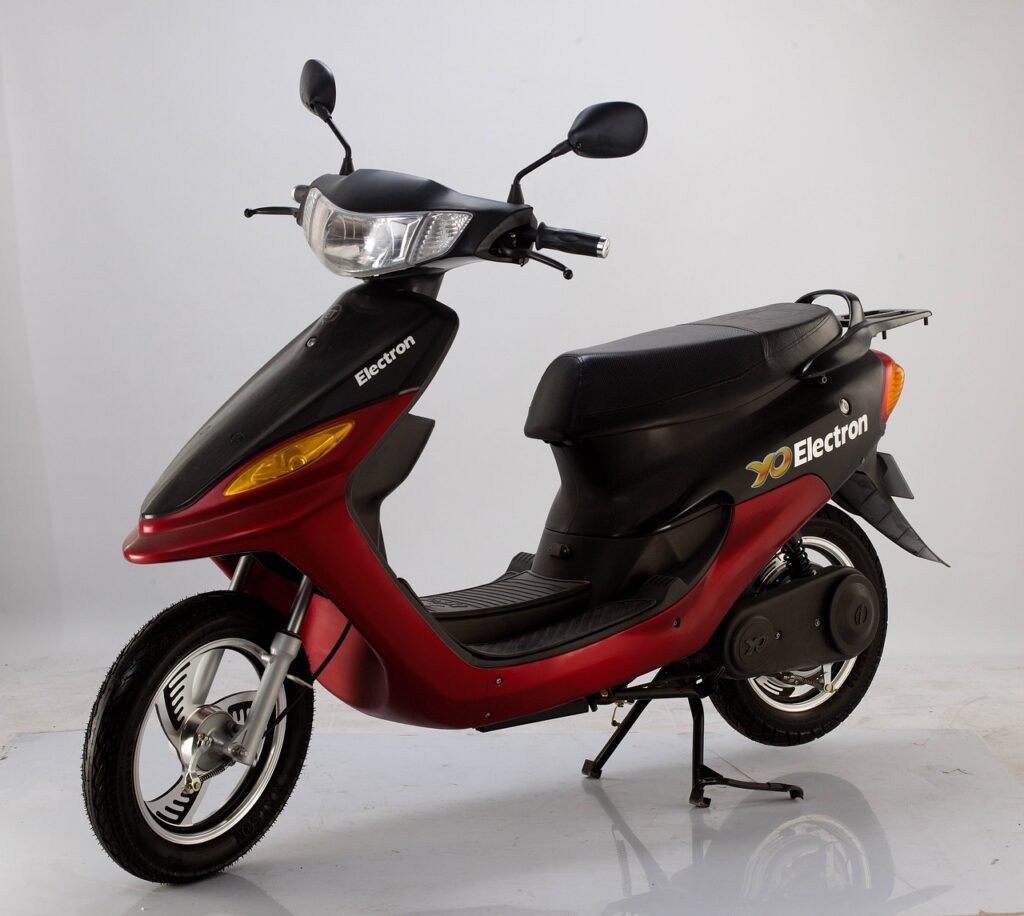
Throttle Operation
How throttle works
The throttle is a control mechanism that allows the rider to manually control the speed and power output of the electric bike. When the throttle is engaged, it sends a signal to the controller, which in turn adjusts the power output of the motor. By manipulating the throttle, the rider can increase or decrease the speed of the electric bike without the need for pedaling.
Types of throttles
Throttles can come in different forms, depending on the design and preference of the electric bike. Twist grips are a common type of throttle that allows the rider to adjust the speed by twisting the grip on the handlebars. Thumb throttles are another popular option, which can be easily activated by pressing a button with the thumb. Additionally, some electric bikes are equipped with pedal-assist sensors that provide throttle-like control based on the rider’s pedal input.
Advantages and limitations
Throttles provide a convenient and intuitive way for riders to control the speed and power output of their electric bikes. They are particularly useful in situations where the rider may need an extra boost of power, such as climbing hills or accelerating from a stop. However, it’s important to note that relying solely on the throttle for propulsion can drain the battery more quickly and limit the overall range of the electric bike.
Pedal-assist Systems
Cadence sensors
Cadence sensors are a common type of pedal-assist system that measures the speed at which the rider is pedaling. Based on this information, the electric bike provides a consistent level of assistance. Cadence sensors are simple and reliable, making them suitable for riders who prefer a more predictable riding experience.
Torque sensors
Torque sensors measure the force applied to the pedals and provide assistance based on the rider’s pedal input. By monitoring the rider’s effort, torque sensors can deliver a more intuitive and natural riding experience. As the rider applies more force to the pedals, the motor provides a corresponding increase in power output. Torque sensors are commonly found in high-end electric bikes that prioritize performance and responsiveness.
Combined sensors
Combined sensors combine both cadence and torque measurements to provide a more comprehensive and personalized riding experience. By considering both the speed and force applied to the pedals, combined sensors can adapt the level of assistance to match the rider’s individual style and preferences. This results in a smoother and more natural feel while riding the electric bike.
Levels of assistance
Pedal-assist systems often offer multiple levels of assistance that allow the rider to choose the amount of support they desire. These levels can usually be adjusted through a control panel or display located on the handlebars of the electric bike. By selecting a higher level of assistance, the rider can experience a more effortless and speedy ride, while lower levels of assistance provide a more traditional biking experience.
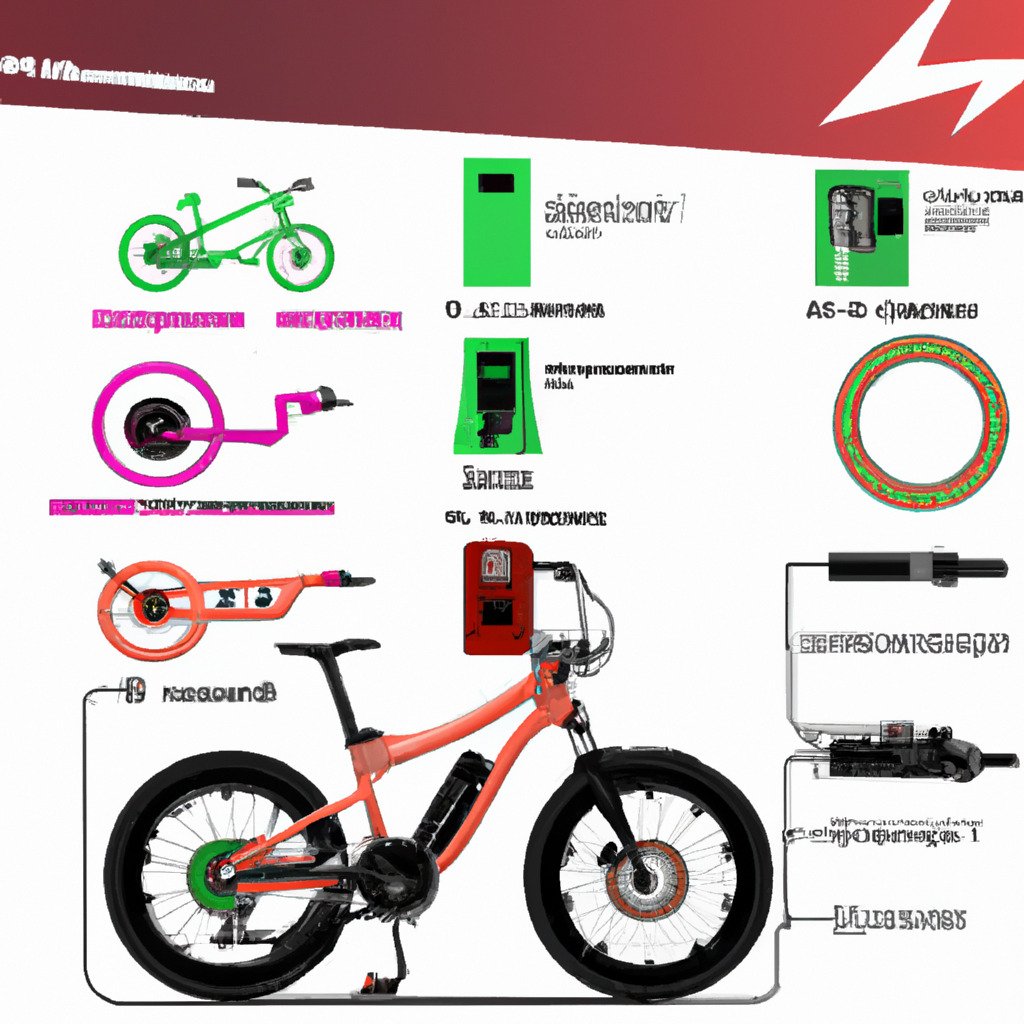
Safety Features
Lights and reflectors
To enhance visibility and safety, electric bikes are often equipped with lights and reflectors. Front lights and rear lights illuminate the road ahead and make the electric bike visible to other road users. Reflectors are strategically placed on the frame, pedals, and wheels to reflect light and increase visibility, especially during low-light conditions or at nighttime.
Brake systems
Brake systems on electric bikes are crucial for maintaining control and ensuring safe stopping distances. Most electric bikes are equipped with hydraulic or mechanical disc brakes, which offer powerful and responsive braking performance. Some electric bikes may also feature regenerative braking, which not only aids in slowing down the bike but also helps recharge the battery.
Suspension
Suspension systems play a significant role in providing a smooth and comfortable ride, especially when encountering uneven terrain or bumps. Electric bikes may feature front suspension forks, rear suspension, or full-suspension setups, depending on the intended use and terrain. Suspension helps absorb shocks and vibrations, improving rider comfort and control.
Tires and traction
Choosing the right tires for an electric bike is essential for enhancing safety and performance. Electric bikes can be equipped with different tire types, including road tires, hybrid tires, or off-road tires, depending on the intended use. Tires with good traction and grip ensure optimal control, especially when cornering or braking on various surfaces.
User settings and controls
Electric bikes often come equipped with user settings and controls that allow riders to customize their riding experience. These settings may include adjusting the level of assistance, modifying the sensitivity of the pedal-assist system, or changing display preferences. By tailoring the electric bike to individual preferences, riders can optimize safety and comfort while riding.
Maintenance and Care
Cleaning and lubrication
Regular cleaning and lubrication are essential for maintaining the performance and longevity of an electric bike. Cleaning the bike after rides helps remove dirt, mud, and debris that can accumulate on the frame, drivetrain, and components. Applying lubricant to the chain, derailleur, and other moving parts reduces friction and prevents premature wear.
Battery maintenance
Proper battery maintenance is crucial for optimizing its performance and lifespan. Storing the battery in a cool and dry place when not in use and avoiding extreme temperatures can help preserve its capacity. Regularly inspecting the battery connections and cleaning any corrosion or debris ensures a reliable and consistent power supply.
Motor and controller inspections
Inspecting the motor and controller periodically is important to ensure their proper functioning. Checking for any loose connections, damage, or signs of wear can prevent potential issues and minimize downtime. If any abnormalities or malfunctions are noticed, it is recommended to consult a professional for diagnosis and repair.
Tire and brake checks
Regularly inspecting the tires and brakes is essential for maintaining safety and performance. Checking the tire pressure, tread wear, and any signs of damage ensures optimal traction and reduces the risk of punctures or blowouts. Inspecting the brakes for proper pad alignment, wear, and smooth operation allows for reliable and efficient stopping power.
Regular servicing
Electric bikes should undergo regular servicing to address any potential issues and ensure optimal performance. This may include tasks such as adjusting the gears, fine-tuning the brakes, and inspecting the overall condition of the bike. Seeking professional servicing from a qualified technician can provide peace of mind and extend the lifespan of the electric bike.
In conclusion, electric bikes have revolutionized the way we commute and explore our surroundings. Understanding the components, types, and technologies behind electric bikes is crucial for making informed decisions when choosing an electric bike that suits your needs. By familiarizing yourself with the battery, motor, controller, throttle, pedal-assist systems, and safety features, you can enjoy the benefits of an electric bike while ensuring proper maintenance and care for prolonged enjoyment.
